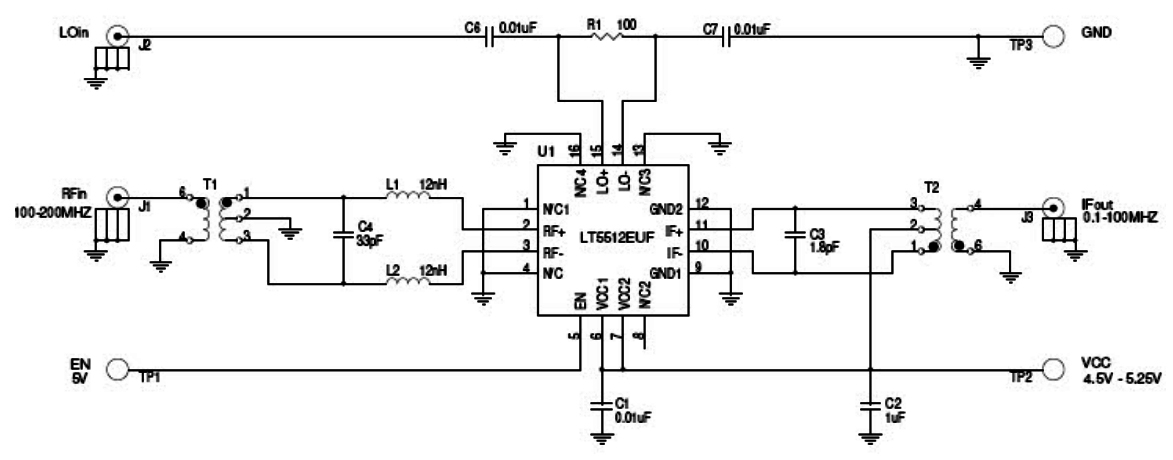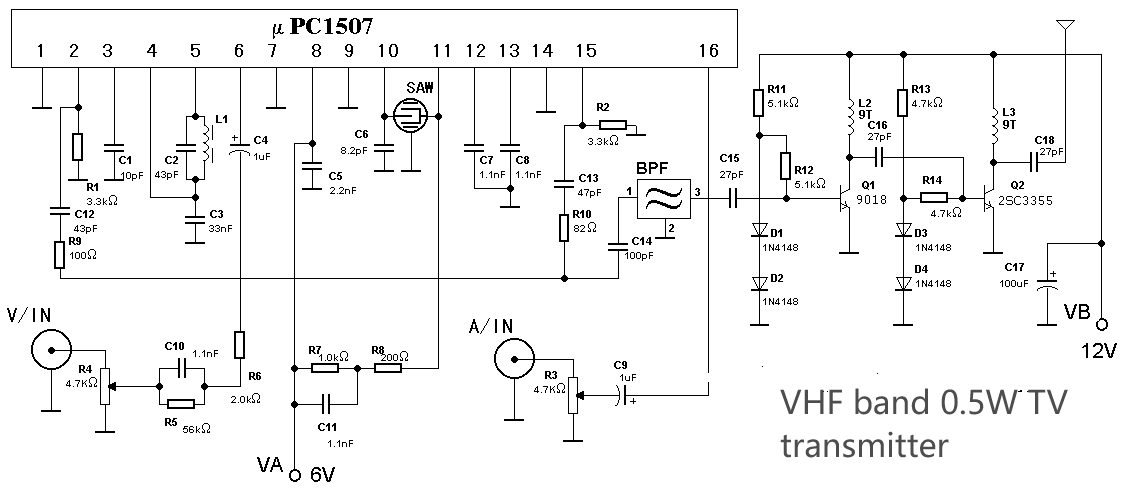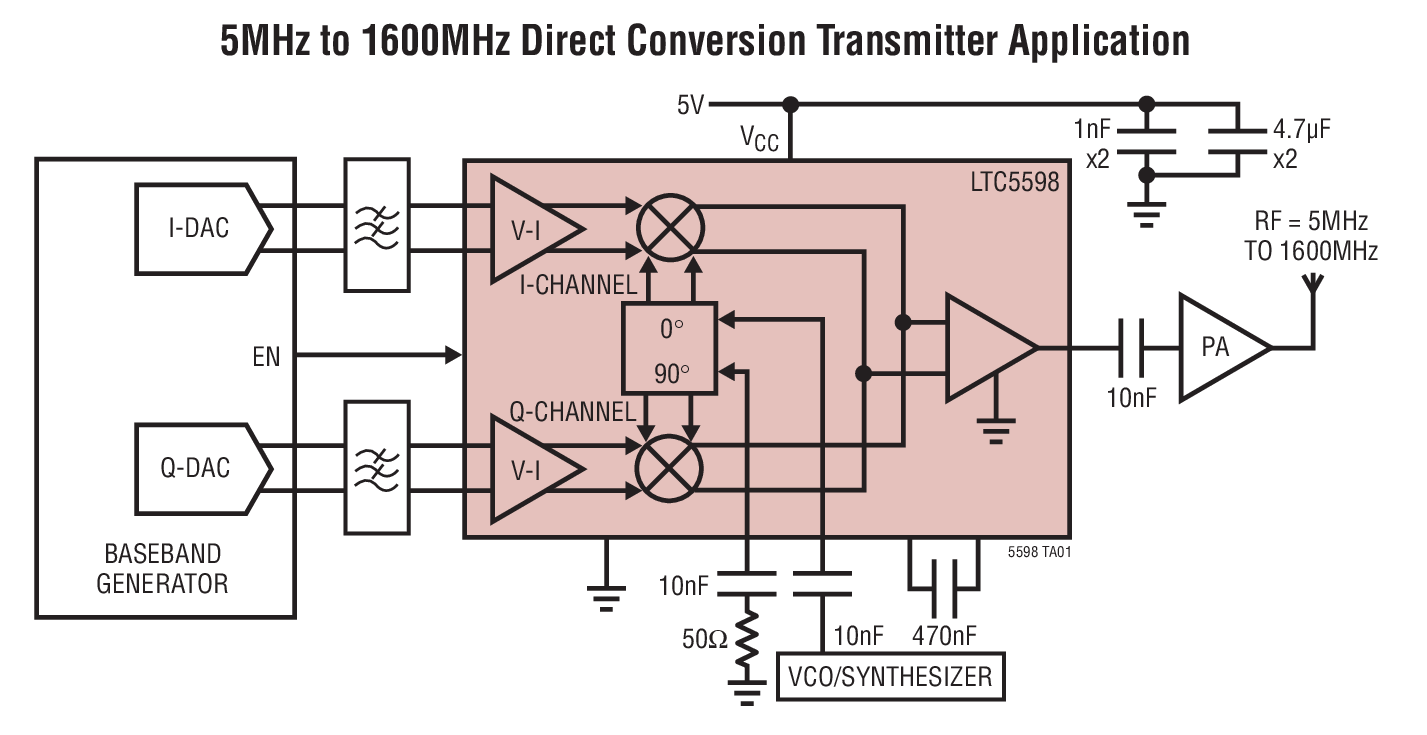Beginners Guide to Understanding RF Modulators
Author:admin Date: 2025-02-24 09:12 Views:278
Do you own an analog TV set or game console? If that is the case, you will note it has jacks for video and audio signals. Without the right RF modulator, you would be unable to watch your content on the TV set. It might seem like something people never use right now with the HDMI introduction, but there are still several use cases for it.
Let us look at what an RF modulator is all about, how it works, and how to choose one and troubleshoot in case of a problem.
What is an RF Modulator

RF (radio frequency) modulator is a device used in converting baseband signal into radio frequency signal. This conversion is essential for transmitting video and audio signals for long distances. It could be over the airwaves or through coaxial cables.
When you hear about coaxial cables, you know it is an older technology. That is why you will get RF modulators as part of older TV sets, video game consoles, and VCRs.
How an RF Modulator Works
An RF modulator, as already mentioned, does the job of converting baseband video and audio signals into a format that is suitable to transmit over radio frequency channels.
Once the modulation is done, the signals can be carried at a certain frequency and format that standard television sets can receive. Compared to HDMI, the RF modulator technology does not have the same clarity, but that is what people use for analog TV sets.
A coaxial RF modulator has provisions for input jacks, which feed the signal into the device. The device then works on the modulation part. After modulation is complete, the converted signal is transmitted.
Depending on the type of RF modulator, it might have more features. These include channel selection switches, stereo sound modulation, and more. These additional features help avoid potential interference with other existing channels.
Ever since the adoption of HDMI, RF modulators have greatly declined in usage. However, there are still some applications that might need an RF modulator. A good example is CCTV systems, which still use this technology. You would need the modulator to get the signal to display on a modern TV.
RF Modulator Types
There are a couple of ways to categorize RF coaxial modulators, but we will focus more on types based on frequency. This can help you better understand where each modulator type is used.
Medium frequency (MF)

Such an RF modulator operates at 300KHz to 3MHz frequency. Because of this range, it is an ideal band for AM radio broadcasting.
The common applications would be ship-to-shore communications or air traffic control. The modulators work quite well for covering long distances, with wavelengths of up to 1000 meters, which makes them good for radio beacons.
High frequency (HF)

High-frequency RF modulators have an operating frequency of 3 to 30 MHz. This range makes the modulator suitable for worldwide communication and reaching even remote areas.
Aviation communication, weather monitoring stations, and other applications are good uses for such a modulator. Still, amateur radio enthusiasts could choose it for their camping adventures.
Very high frequency (VHF)

These RF modulators operate at 30 to 300MHz, a frequency range encompassing several communication applications we handle daily.
Expect to find this technology in TV and radio transmissions, businesses implementing an internal communication system, two-way radios, and more. As long as the application needs long-range data communication, this is a good RF modulator to consider.
Ultra-high frequency (UHF)

It gets better with the UHF RF modulators. They can have signals with frequencies ranging from 300MHz to 3GHz. This is a range popular for cell phone systems, TV broadcasts, and GPS systems.
Still, walkie-talkies and cordless phones could benefit from using such technology as well. Since the UHF signals can penetrate walls, they have been found to be highly versatile for many applications.
Common Uses
RF modulators have many uses right now. Below are what you can expect to use RF modulators for:
- Connecting older TVs with newer devices. For example, you can use the RF modulator with a modern device to convert the signal into an RF signal before displaying it on the TV
- CCTV systems still utilize RF modulators to transmit video signals. This is done over coaxial cables.
- Use the RF modulator to set up multiple screens where you need to transmit the same signal to multiple screens.
- The same can be used for older video game consoles.
Pros
- RF modulators are generally easy to set up and use. You may only have to follow a few steps, and you are done. Also, the jacks are clearly color-coded so that you know how to set them up.
- These modulators should make using your analog TV much easier. Just ensure you are using the right RF modulator, as they vary in operations.
- RF modulators are a good choice because they are highly compatible with many devices. Depending on the devices you need to use, you may find a use for your modulator.
- The RF modulatorsare also quite affordable and easy to find. You can get an RF modulator for TV cheaply on Amazon or a local store near you. This makes it possible to get great signal conversion without straining your budget.
Cons
- Signal deterioration is one of the biggest drawbacks of an RF channel modulator. If the signal deteriorates, the output signal will not be clear, so some end up with low-quality audio and videos.
- You may also find that RF modulators are incompatible with most modern electronics. Innovations now replace the need for an RF modulator.
Features to Consider When Picking an RF Modulator
Now that you understand more about RF modulators, how would you pick one? Since you will get several HD RF modulators in the market, it is vital to understand what you are buying. Here are the features to keep in mind.
Compatibility is a big deal when choosing these modulators. You want to ensure that the modulator can receive the signal source. For example, can it receive 4K video content? Such compatibility can determine the applications for such a modulator.
Overall performance in terms of video and audio quality is worth checking out. Ensure that you are buying a modulator that does not degrade the quality of the source signal so that the video and audio quality remain the same.
The number of input ports can determine how well you can use the RF modulator. In case you need to transmit the same signal to multiple screens, then the modulator should have multiple ports for that.
Look at the latency as well. This determines the delay at which the signal is processed and cast to the available screen. For the case of live gaming or live streaming, it is key to have a modulator RF with the lowest latency possible.
The ease of installation and use are equally important. You need an RF modulator that will be easy to set up. The manufacturer should still provide clear instructions on setting up the modulator for anyone, regardless of their skill level.
Common RF Modulator Problems and Their Solutions
Sometimes, even the best RF modulator might not work as expected. Below are common RF modulator problems and how you can solve them.
- If the modulator is not turning on, check the power supply. It could have a blown fuse, which needs replacing.
- Check to see if the source signal is connected correctly. If the aerial is not connected, it means the modulator will not work correctly. The same goes for any other source signal.
Conclusion
An RF modulator will help convert the signals so that they are compatible with your analog device. There can be a number of options in the market; make sure to look at your needs to choose the right one. It is okay to even talk to local electronic stores to learn more about the RF modulators they have for a better understanding. Also, choose based on your needs, and you will have an easier time utilizing your device.


